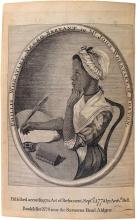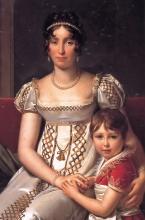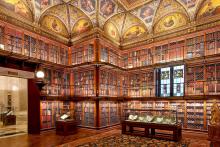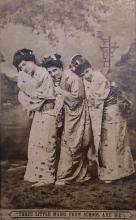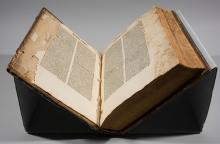The Origins of Morgan Reference Collection Classification
Submitted by Peter Gammie on Thu, 03/14/2024 - 11:00amWhen the Pierpont Morgan Library (today the Morgan Library & Museum) opened to the public on October 1, 1928, the largest part of its Reference Collection was shelved in its Reading Room, which occupied the east side of the newly constructed Annex. In 1929, according to Belle da Costa Greene, the Morgan’s first librarian and director, the room contained more than 8,000 books.



